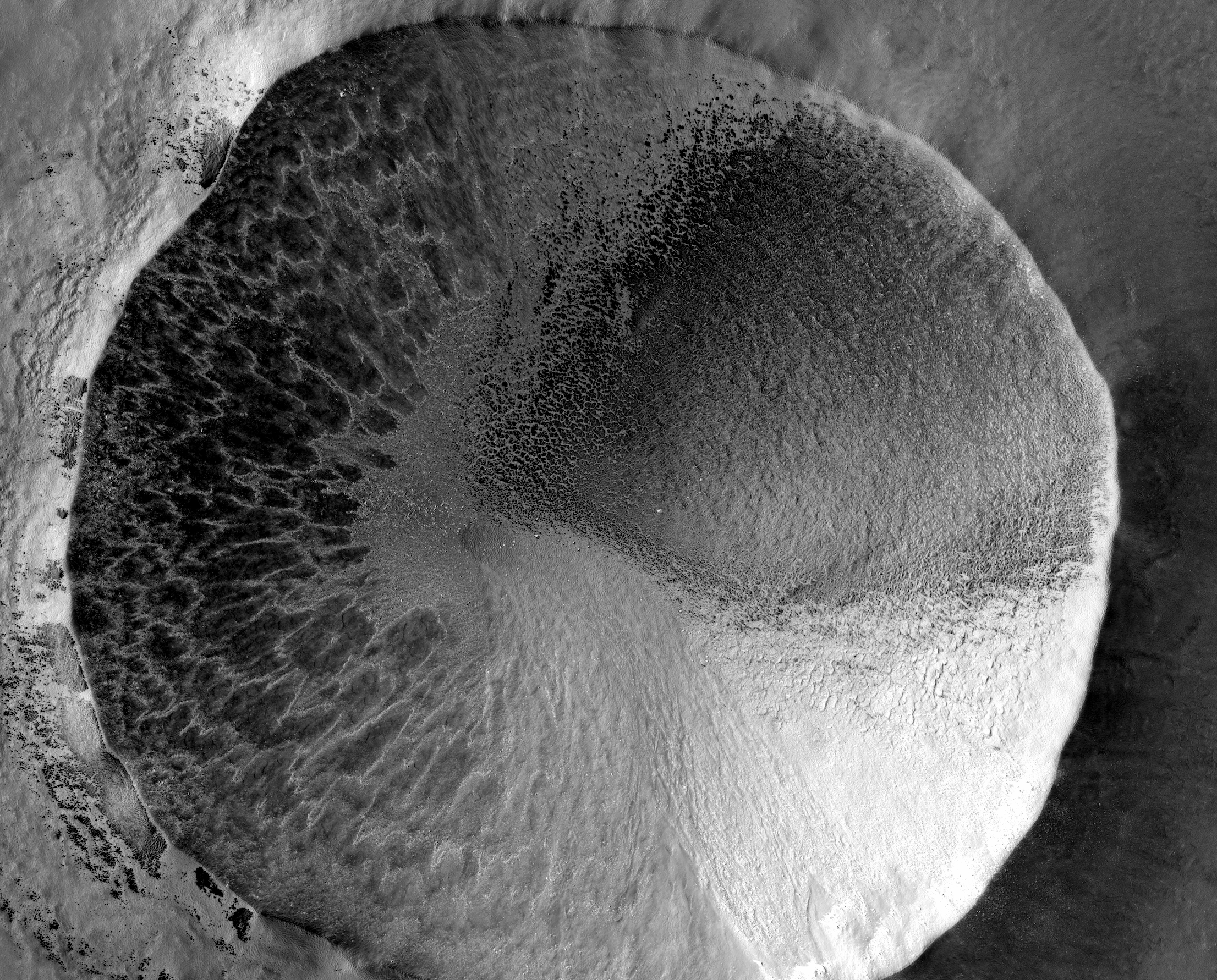Research Experience
& Interests
I have a wide variety of research interests across the fields of geomorphology and geophysics, ranging from planetary physics, oceanography, low-temperature geophysics, geochemistry, fluid mechanics, and sediment transport. Currently I am working on connections between climate controls on hillslopes and their comparisons between Earth and Mars. This work is supervised by Rachel Glade at the University of Rochester DRIP lab
To view my research works, click here.
You can also download a copy of my CV and my Congressional one-pager.
Beyond geomorphology, I am a huge advocate of teaching public speaking, especially when it comes to teaching science. Understanding core scientific ideas is a crucial skill, but being able to communicate them to non-scientists is even more essential.

As the climate warms, what happens to hillslopes with permafrost underneath? What changes occur in terrain that experiences seasonal frost heave? These experiments mimic temperature patterns from Arctic environments using indoor climate chambers to study frost heave and ice lens formation in controlled soil conditions. This research will help us understand how temperature influences hillslope stability in permafrost-rich environments.

Solifluction lobes, large-scale soil patterns commonly observed on Earth's hillslopes in cold environments, form due to frost-heave processes. Recent studies have proposed that similar patterns found on Mars may be valuable paleoenvironmental indicators, but it remains unclear whether they form from the same icy processes as solifluction lobes on Earth.
- Radio observations were conducted at P-band (224 – 480 MHz) and L-band (1 – 2 GHz) using the Very Large Array (VLA) of NRAO
- Extracted X-ray spectra for several sources using archival observations made by Chandra, Suzaku, and XMM- Newton.
- Applied synchrotron models to these spectra using constraints; namely, derived flux densities and spectral indices obtained from the L-Band and P-Band observations.
- Completed RFI excision, and calibration of bandpass, phase and flux density.
- Analyzed the long wavelength radio properties of known SNRs, specifically 3C 391, Kes 69, and W41.
- Successfully wrote and funded proposal for more telescope time to observation G28.6−0.1 and G32.4+0.1.
- Conducted data analysis on Green-Bank radio data (C-Band).
Magnesian Calcite as a Paleoenvironmental Indicator where we trying to use geochemical markers to determine the chemistry of Martain oceans. This work was funded by SC NASA Space Grant Consortium Research Grant.
- Synthesized calcium carbonate under unique environmental conditions using the chemostat technique.
- Used Rietveld refinement on XRD analysis to determine mol% Mg determined of lab grown calcite.
- Used a bulk digestion method to determine mol% Mg determined of lab grown calcite from an ICP-OES.
- Used FEG-SEM to look at crystal grains and determine overgrowth on lab grown calcite.
- Analyzed the long wavelength radio properties of known SNRs, specifically 3C 391, Kes 69, and W41.
- Installed and calibrated a Prodigy 7 ICP-OES

